{title}
{publish}
{head}
During festive occasions and the Lunar New Year, Muong women in Tu Vu Commune, Thanh Thuy District, diligently prepare ingredients to make fish cake—a traditional fish cake deeply rooted in their culture.
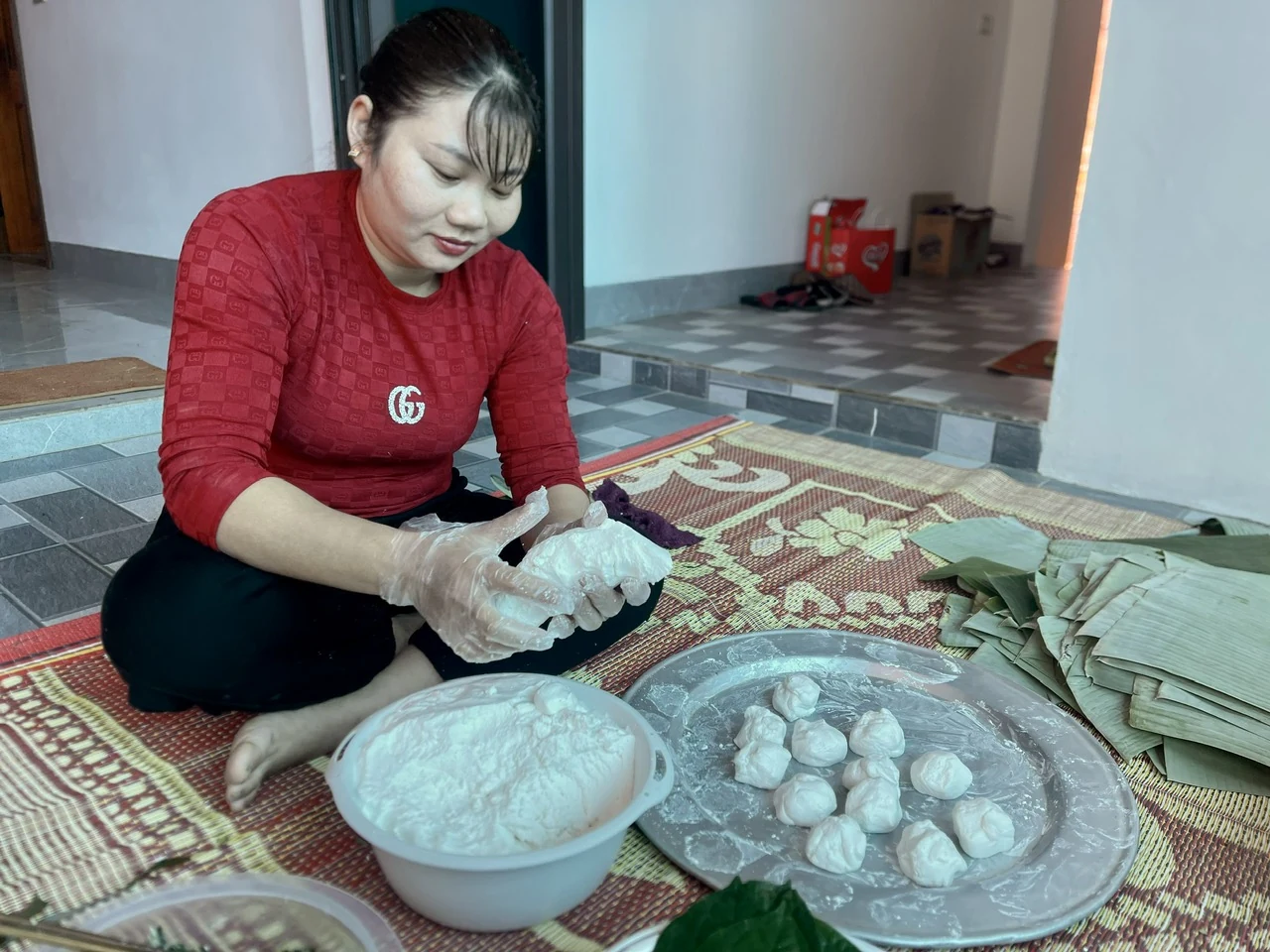
The ingredients for this dish are carefully selected, and every step of the preparation is meticulous. The glutinous rice must be soaked for at least 12 hours before being ground into flour and left to ferment for another 1-2 hours to reach the perfect consistency for making the cakes. The best fish for the filling is carp or grass carp weighing at least 5 kg. After being cleaned, the fish is seasoned with spices such as seasoning powder, pepper, and hạt dổi (a unique Muong spice) before being grilled over charcoal. The grilling process requires careful heat control to ensure the fish is only cooked until tender, preserving its natural sweetness. Once done, the fish is carefully deboned, flaked, and stir-fried again to enhance its flavor.

The filling, made from grilled fish stir-fried with lá táu (a distinctive wild leaf), gives the fish cake its unique taste.
Tran Thi Thanh Xuan, a resident of Khu 6, Tu Vu Commune, shared: Besides the basic ingredients like glutinous rice flour, fish filling, and spices, one essential component of fish cake is lá táu. This leaf resembles betel leaves and has a mild fragrance, but it is hard to find, as it only grows near mountain streams and rocky areas. It is this special ingredient that gives the fish cake its distinct flavor.
Fish cake is handcrafted by the Muong people in Tu Vu. The dough is divided into small portions, flattened, filled with the fish mixture, and then carefully molded. The cakes are first wrapped in lá táu and then covered with banana leaves to form their outer shell.
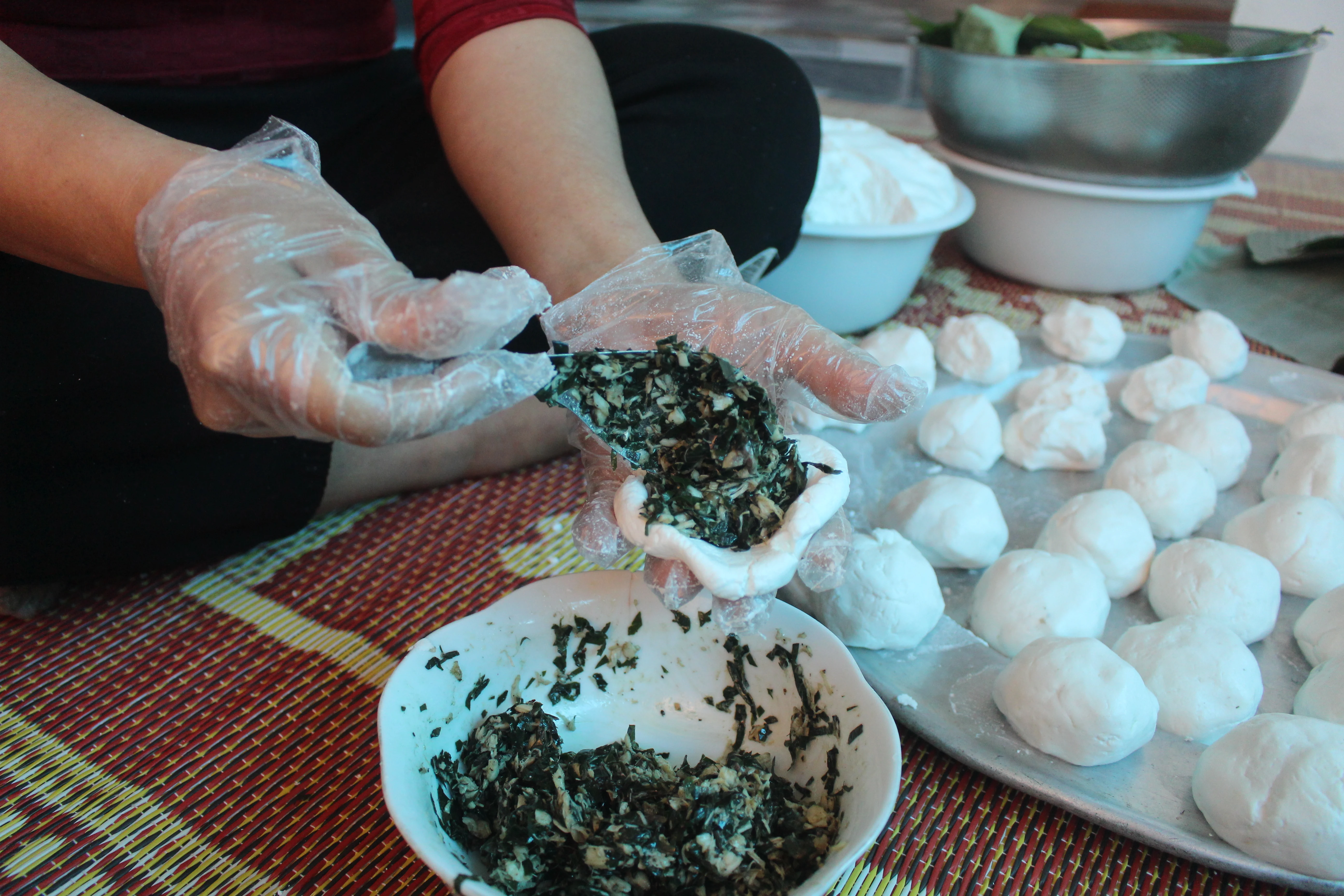
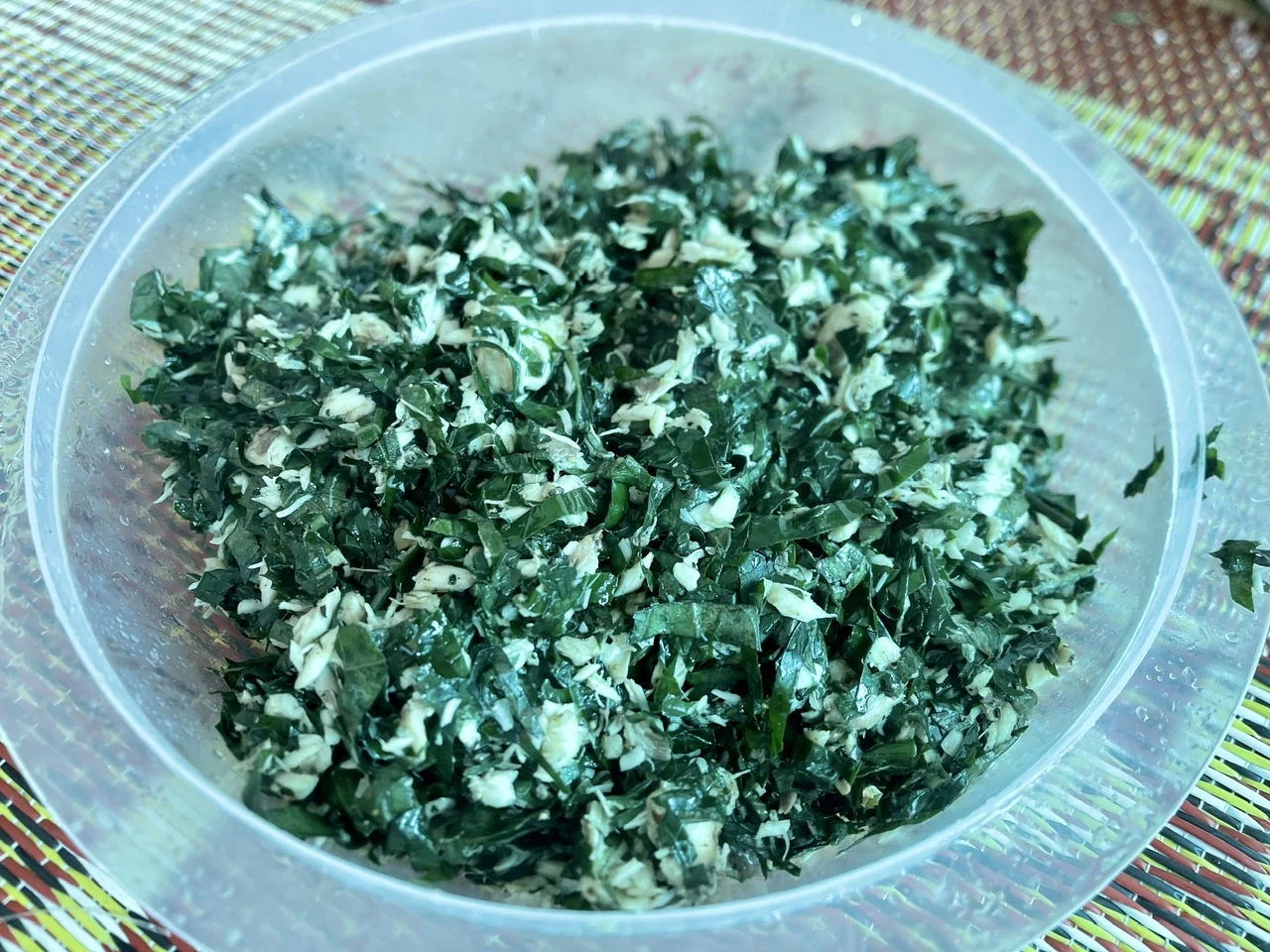
After being shaped, the fish cake is wrapped in lá táu.
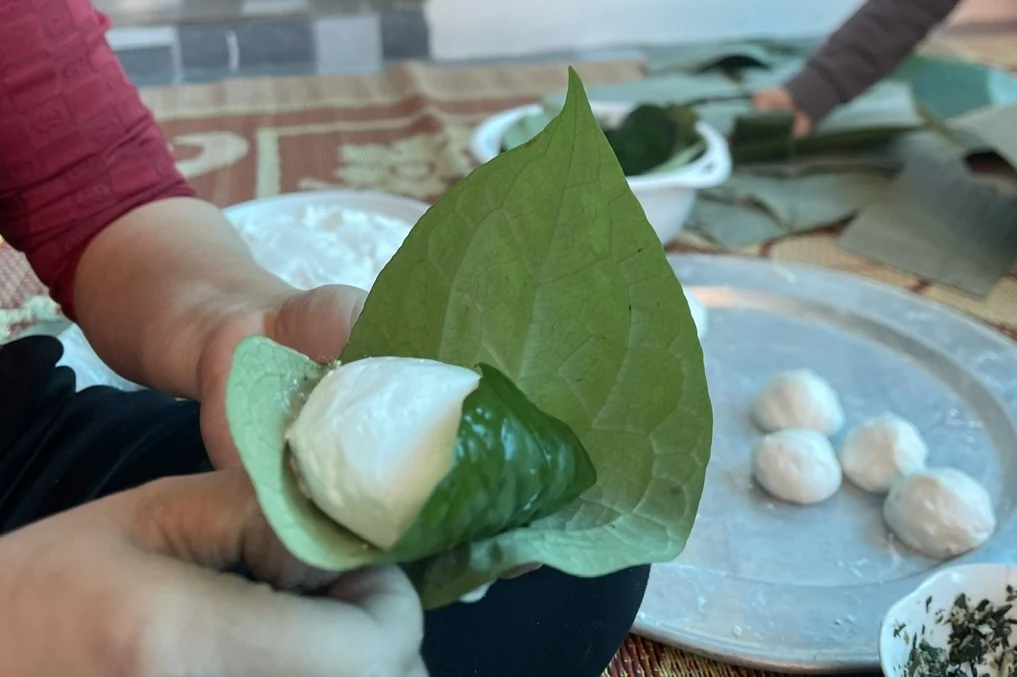
Lá táu is an essential ingredient in making fish cake.
The steaming process is just as meticulous as the preparation. The amount of water must be precise, and the heat must be kept steady throughout. The cakes are steamed for about an hour, allowing the steam to cook them thoroughly. Once fully cooked, they are immediately removed from the steamer to cool and dry, ensuring the banana leaves remain intact and the cakes do not become moldy.
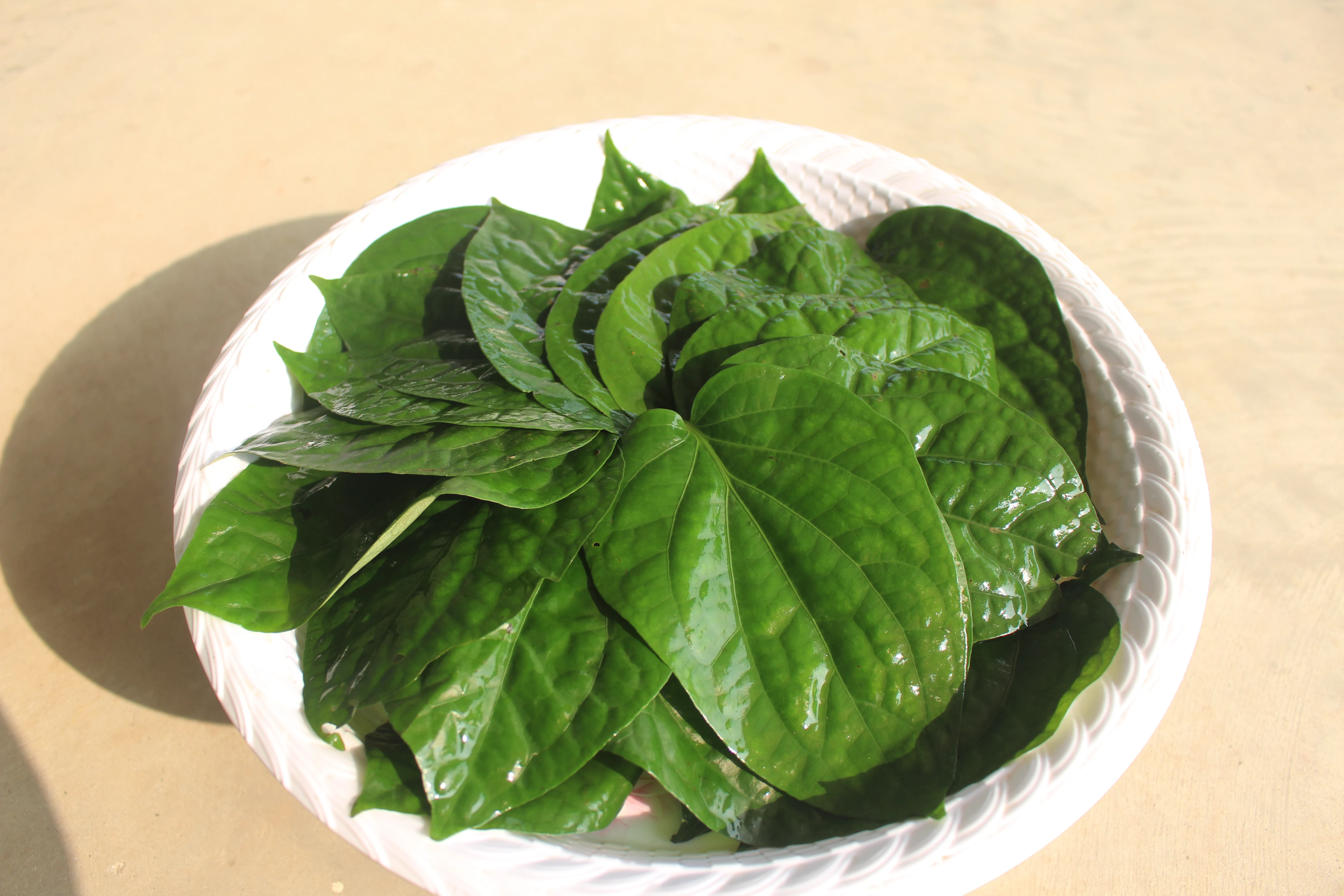
The cake is neatly wrapped in banana leaves, creating a square and visually appealing shape.
Muong’s Fish Cake from Tu Vu
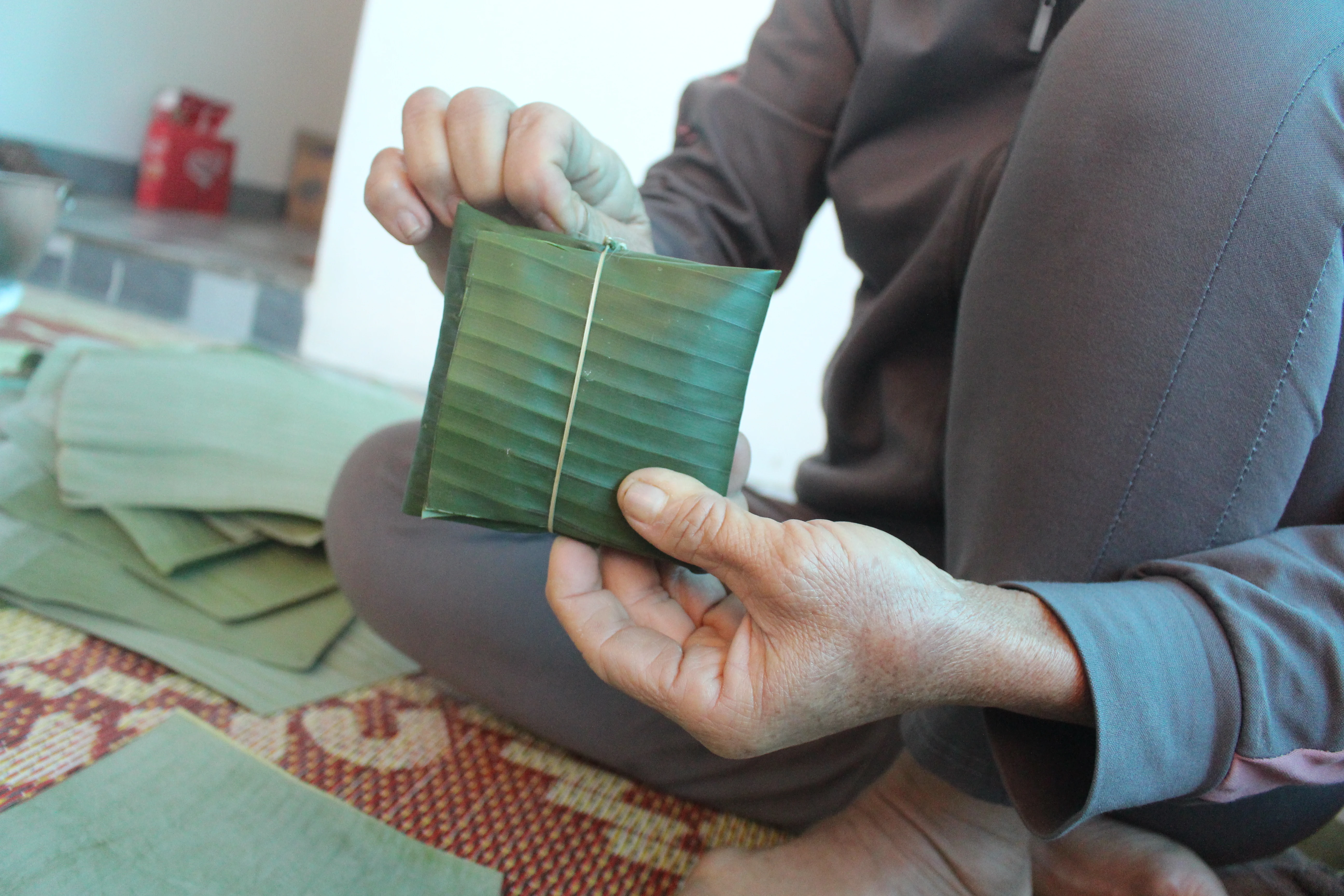
...and then placed in a pot to be steamed for about an hour.
According to Mrs. Phung Thi Thin, whether during festivals, Tet holidays, or family gatherings, she and many other families always choose fish cake as a special dish and gift. This traditional cake has been passed down for generations and still preserves the cultural essence of the Muong people in Tu Vu.
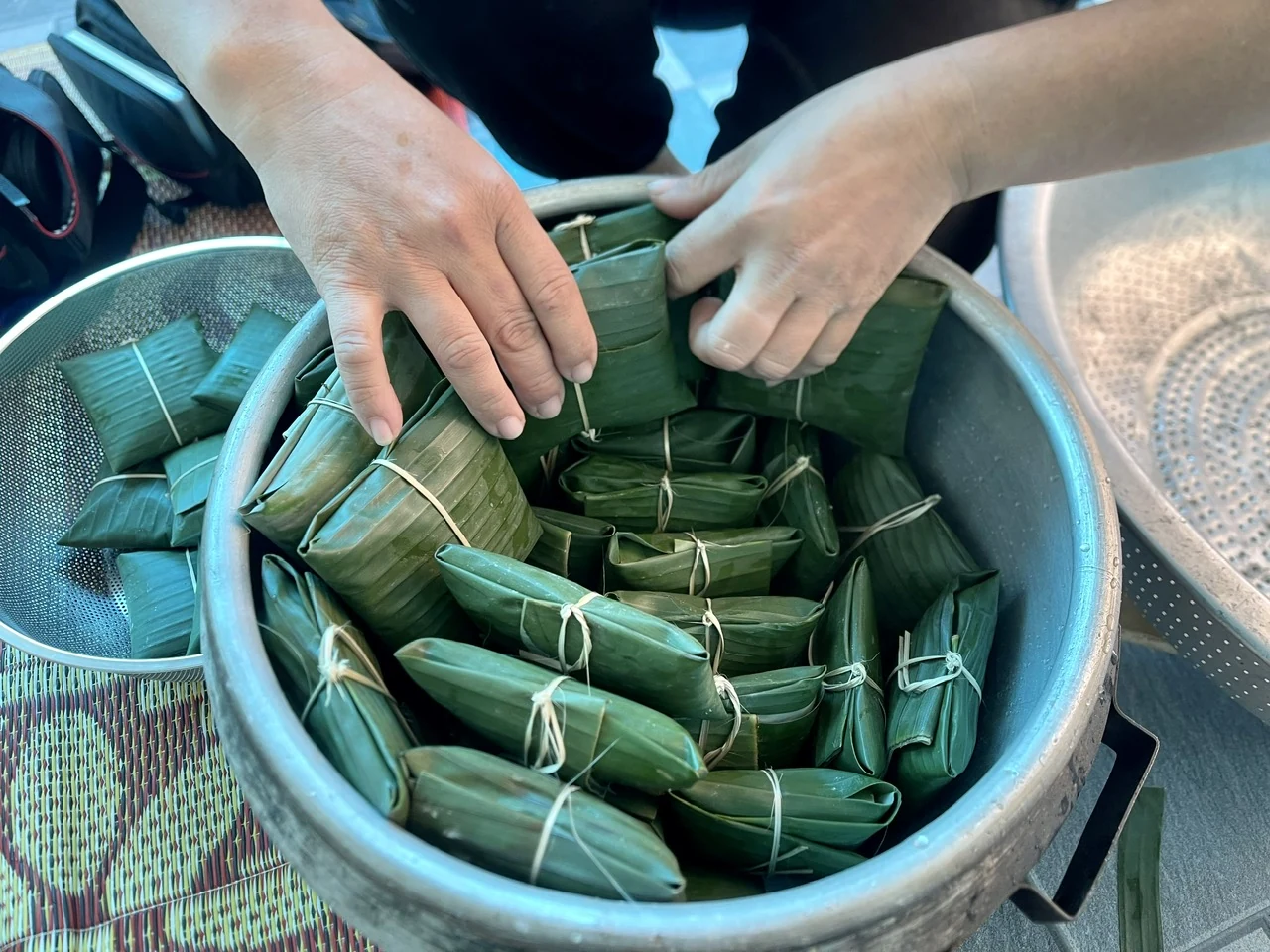
When cooked, fish cake has a chewy and nutty texture, carrying the distinctive aroma of lá táu, fish, and various traditional spices.
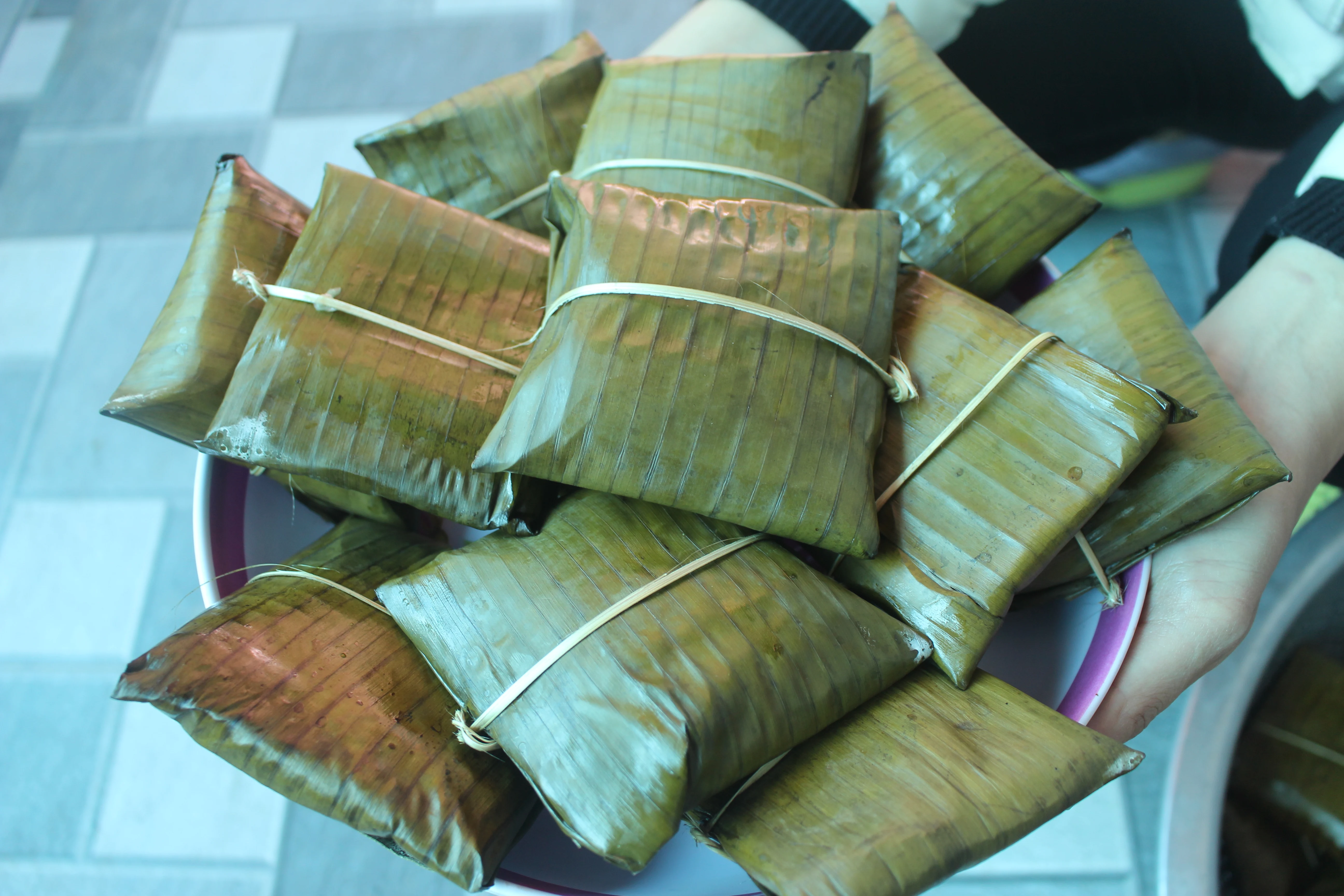
Mrs. Tran Thi Thanh Xuan and her mother-in-law carefully wrap each fish cake, preparing for the upcoming Tet celebration.
Enjoying each bite of fish cake is a truly special experience—the fragrant, chewy sticky rice dough blends harmoniously with the rich, flavorful fish filling, enhanced by traditional spices and the unique, delicate aroma of lá táu.
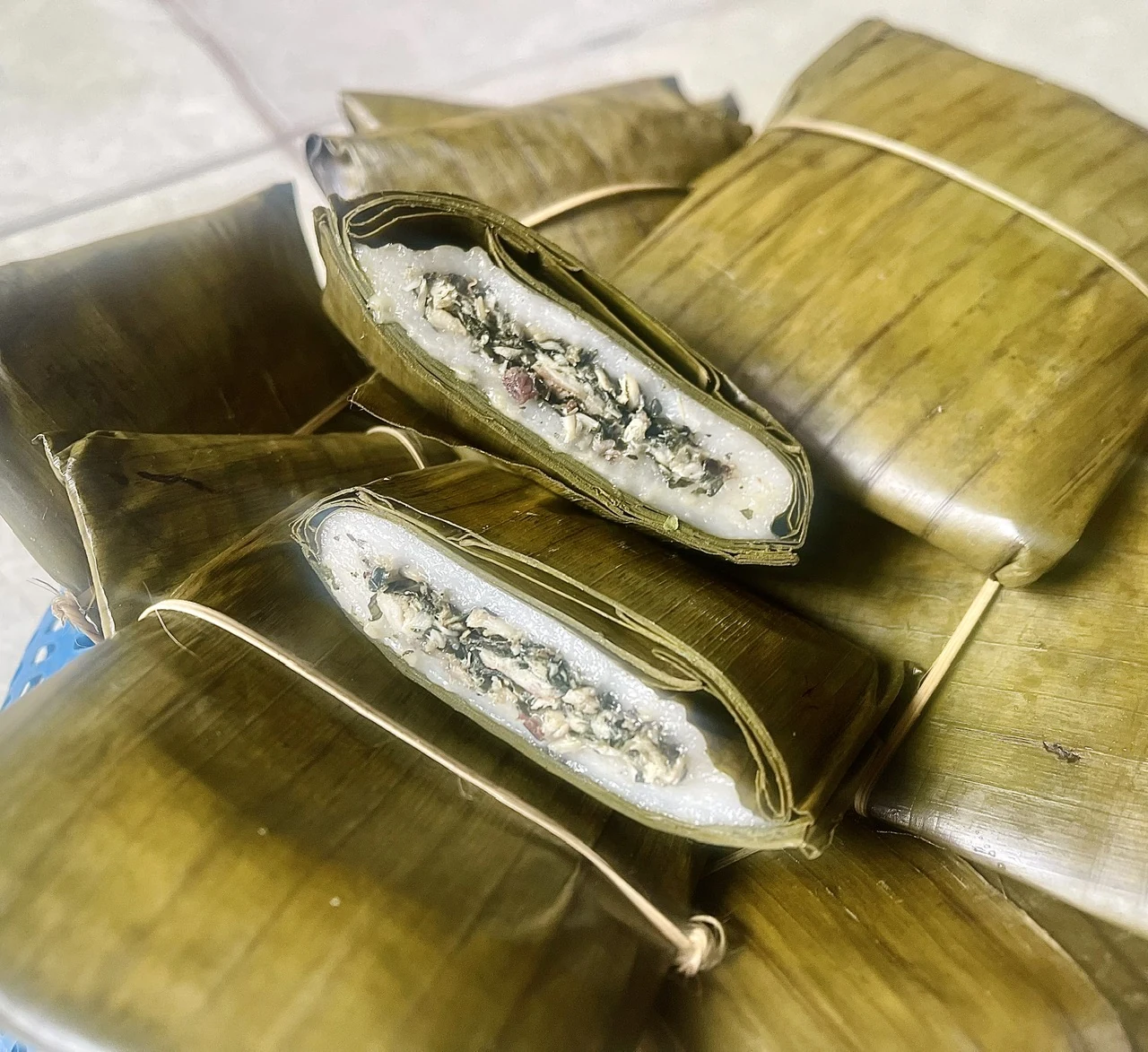
Beyond just making a delicious dish, the process of preparing and wrapping each fish cake is also a cherished family tradition, bringing members together and strengthening bonds during festivals and Tet celebrations.
Mai Hoa

baophutho.vn Today, Van Phu Ward is not merely a modern administrative unit but has firmly established its position as the "heritage heart" of the Hung...

baophutho.vn At the end of the year, when the northeast monsoon brings the chilly cold of the highlands, the villages of Co Phay, Dieu Luong, and Dieu Noi...

baophutho.vn On the 5th day of the 11th lunar month in the Year of the Snake (December 24, 2025), the local people of Minh Hoa Commune, along with...

baophutho.vn On the morning of December 23, Ms. Phung Thi Kim Nga – Vice Chairwoman of the Provincial People’s Committee, presided over a meeting to review...

baophutho.vn After the merger, the province now has a total of 979 ranked relics. Among these are 6 Special National Relic Sites: The Hung Kings Temple...

baophutho.vn From December 20 to 21, the Van Son Commune Culture, Sports, and Tourism Festival took place in a bustling and festive atmosphere. Tens of...

baophutho.vn Tien Lu Commune is not only a land rich in cultural traditions but also home to an ancient architectural monument - the Tien Lu Communal House....

baophutho.vn In the Muong Ramp and Muong Trac regions of Yen Thuy Commune, there is a folk festival that has been preserved and organized annually by the...

baophutho.vn In Tu Vu Commune, where the Muong ethnic group predominates, gongs and drums are cultural symbols inseparable from the spiritual and material...

baophutho.vn In the era of integration and development, amidst the proliferation of modern industrial products, Phu Tho Province has managed to preserve...